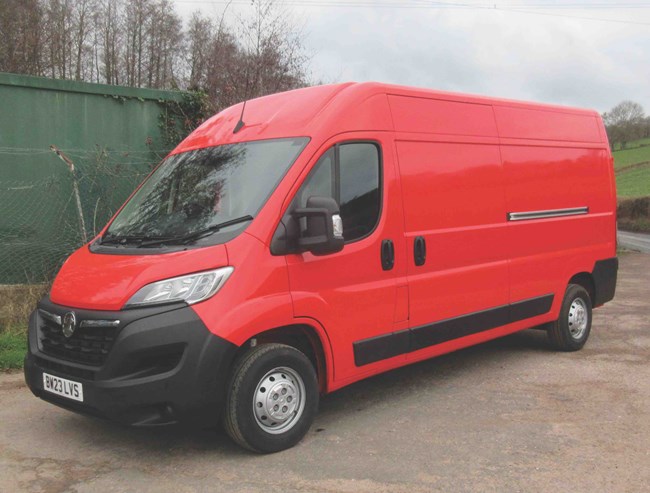- ETRUX launches new Ford E-Transit Trizone
- Renault gives UK debut to Master E-Tech at CV Show
- Isuzu D-Max long-term test – Latest Report
- Isuzu D-Max V-Cross Steel Edition revealed
- IVOTY Report: Stellantis explores the hydrogen proposition
- New Maxus EVs include eDeliver 5 van
- Used LCV values reach six-month high
- ADVERTISEMENT FEATURE: IVECO Daily Mission Awards 2024 Q2 Round-up: Grounds Maintenance & Forestry
- Stellantis Pro One electric vans review
- Mitie adds 5,000th EV to fleet
The What Van? Road Test: Vauxhall Movano
Date: Monday, March 4, 2024

Stellantis plans to introduce revamped and revitalised versions of all the models in its light commercial line-up during the course of this year. The impact of the changes could be substantial given that the global automotive behemoth owns the Citroen, Peugeot, Vauxhall and Fiat Professional brands among others.
In the meantime its existing offerings remain available, including Vauxhall’s Ford Transit-rivalling Movano. Although there are some differences between them, Movano, Citroen’s Relay, Peugeot’s Boxer and Fiat Professional’s Ducato all share the same basic design.
So does Toyota’s new Proace Max thanks to a long-standing joint venture between Stellantis and the Japanese manufacturer.
Grossing at from 3.0 to 4.0 tonnes, the front-wheel-drive Movano is up for grabs as a van, a chassis cab, a crew cab and as a platform cab. In van guise it comes with four different lengths and three different heights, with load cubes ranging from 8.0m3 to an echoing 17.0m3.
However, only one specification level is listed; Prime.
Prospective Movano customers are faced with a 2.2-litre diesel at 120hp, 140hp or 165hp married to a six-speed manual gearbox. If you wish to go zero-emission then you can opt for an electric powertrain with a 90kW motor and a 75kWh battery pack.
It is worth noting that Vauxhall lists a number of special conversions in its price and specification guide, including tippers, dropsides, Lutons, and low-floor Lutons.
We opted for a 165hp L3H2 3.5-tonne van however with a 13.0m3 cargo area, an overall length of 5,998mm, an overall height of 2,522mm, an overall width of 2,690mm – including the exterior mirrors – and a 4,035mm wheelbase. Here’s how we fared.
View The WhatVan Digital Edition


